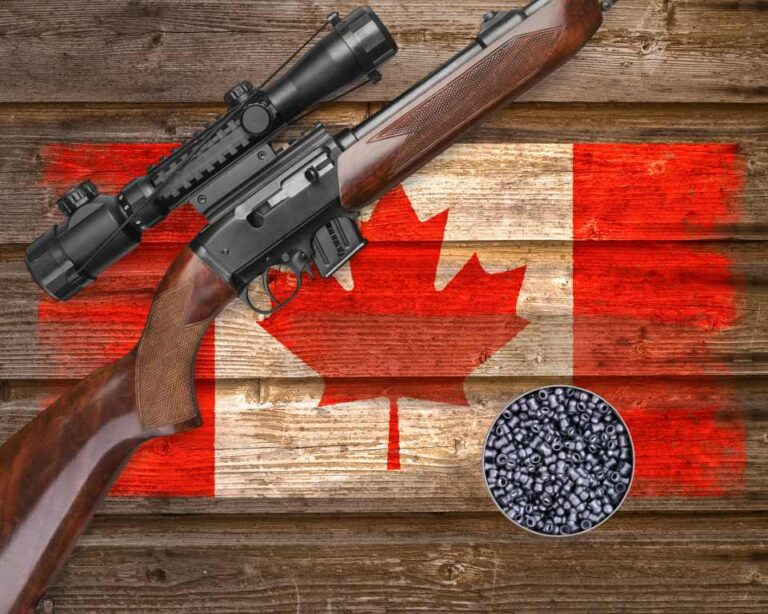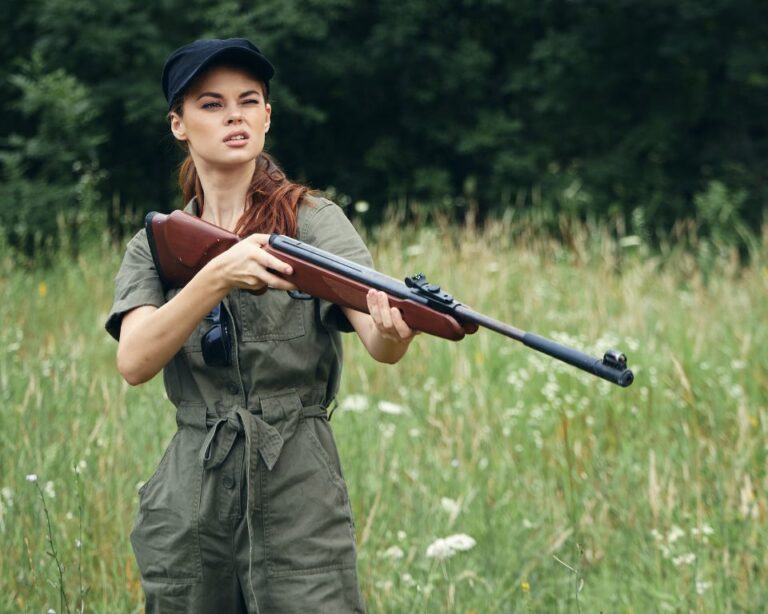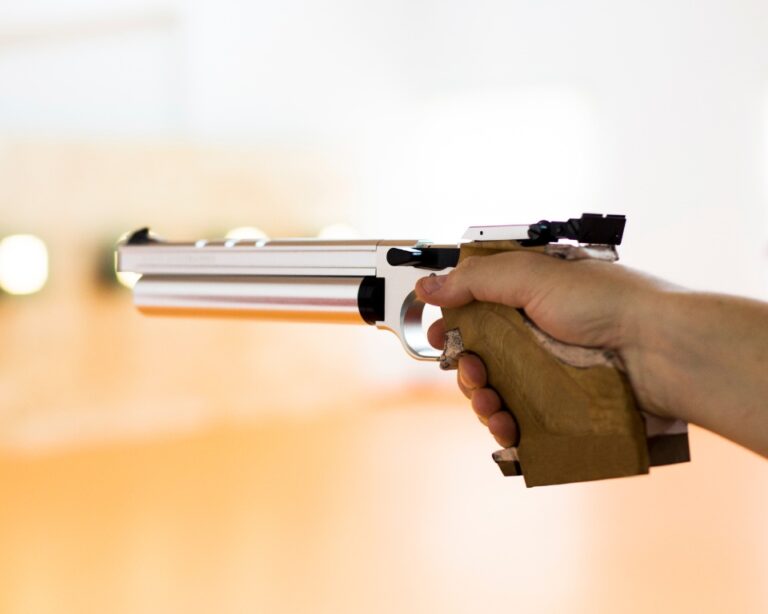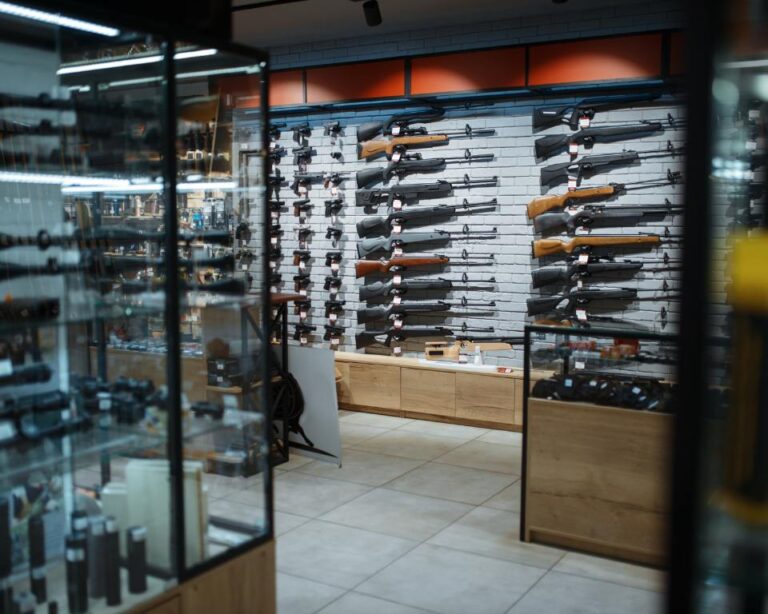Exploring the Mechanics of How Airguns Work
Welcome to our comprehensive guide on the mechanics of airguns! Whether you’re a seasoned enthusiast or a curious beginner, understanding how airguns work can enhance your shooting experience. In this article, we will delve into the fascinating world of airgun mechanisms, air pressure, and pellet propulsion. So, let’s dive in and unravel the inner workings of these remarkable firearms.
Key Takeaways:
- Airguns utilize various mechanisms, such as spring-piston, pre-charged pneumatic (PCP), and CO2-powered systems.
- Spring-piston airguns rely on the compression of a spring to propel the projectile forward using compressed air.
- PCP airguns use a high-pressure air reservoir to release controlled bursts of air for exceptional accuracy.
- CO2-powered airguns rely on CO2 cartridges to provide pressurized gas for projectile propulsion.
- Airguns offer accessibility, affordability, skill development, and environmental friendliness compared to traditional firearms.
The Operation of Spring-Piston Airguns
Spring-piston airguns utilize a unique mechanism to propel projectiles with precision and power. Understanding the inner workings of these airguns is essential for enthusiasts and shooters alike.

These airguns operate by harnessing the potential energy stored in a tightly compressed spring. When the gun is manually cocked, the spring is compressed to its maximum extent, achieving the highest level of potential energy.
The internal parts of a spring-piston airgun include the piston and the triggers. The piston can be either center-latched or edge-latched, influencing how it interacts with the trigger mechanism. Center-latched pistons utilize a central piston rod to grab the sear, while edge-latched pistons latch onto the edge of the piston’s skirt.
“The specific type of piston design affects the overall performance and shooting experience,” says John Smith, an expert in airgun technology.
When the trigger is pulled, it releases the piston from its restrained position, allowing the compressed spring to rapidly decompress. As the spring expands, it drives the piston forward with great force, compressing the air in the cylinder. This compressed air then propels the pellet forward, resulting in high pellet velocity.
The precise interaction between the trigger mechanism and the piston ensures the efficient release of stored energy. This efficient transfer of energy is crucial for achieving consistent and accurate shots.
Factors Affecting Pellet Velocity
The pellet velocity of a spring-piston airgun depends on several factors, including the power of the compressed spring, the weight and design of the pellet, and the efficiency of the trigger mechanism.
“The quality and design of the piston seal also play a significant role in pellet velocity,” explains Smith. “A well-designed and properly maintained seal ensures optimal air compression, resulting in higher velocities.”
It is important to note that while spring-piston airguns offer impressive power and accuracy, they require careful handling and technique to achieve consistent results. Mastering the operation of spring-piston airguns requires practice and an understanding of their unique mechanics.
Next, we will explore the functionality of pre-charged pneumatic (PCP) airguns and how they differ from spring-piston models.
The Functionality of PCP Airguns
PCP airguns, short for pre-charged pneumatic airguns, offer exceptional performance and accuracy due to their unique design and functionality. These airguns rely on compressed air stored in a built-in reservoir to propel projectiles with precision. Let’s delve into the internal workings of PCP airguns and understand how they operate.
PCP airguns feature a specialized internal parts system that sets them apart from other types of airguns. At the heart of a PCP airgun is the air reservoir, which is typically filled with compressed air using hand pumps or dedicated compressors. This reservoir acts as a ready source of power, allowing for multiple shots before needing to be refilled.
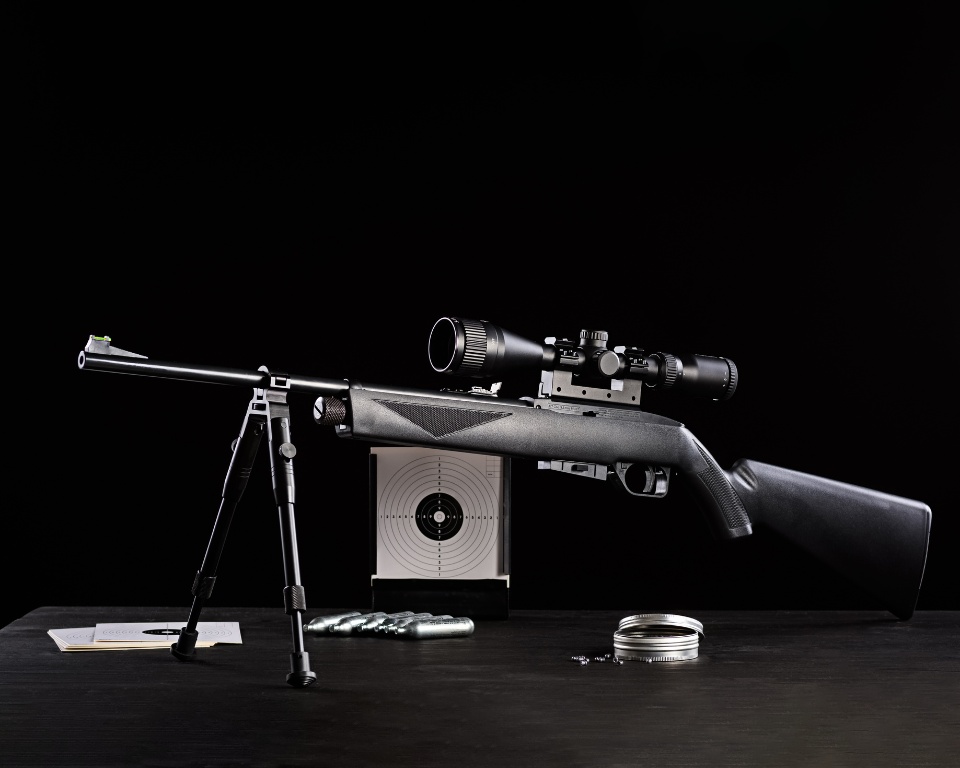
When the trigger is pulled, the compressed air stored in the reservoir is released behind the projectile. This burst of compressed air provides a significant amount of power, resulting in exceptional accuracy and velocity. The controlled release of compressed air ensures consistent projectile performance shot after shot.
Some PCP airgun models are equipped with regulators that further enhance shot stability and precision. These regulators control the airflow from the reservoir to the pellet, maintaining a consistent pressure and optimizing performance. The inclusion of regulators is particularly beneficial for shooters who prioritize tight groupings and consistent shooting experiences.
PCP triggers are designed with precision and control in mind. These triggers offer a lighter and more adjustable pull compared to other types of airguns. The improved trigger mechanism allows shooters to fine-tune their shots, resulting in enhanced accuracy and overall shooting experience.
In summary, PCP airguns utilize compressed air stored in a built-in reservoir to propel projectiles with exceptional accuracy and power. The internal parts of a PCP airgun work together harmoniously, ensuring consistent performance and precise shot placement. With their advanced functionality and unmatched accuracy, PCP airguns are a popular choice among shooting enthusiasts and professionals alike.
The Mechanics of CO2-Powered Airguns
CO2-powered airguns provide a versatile and convenient option for shooting enthusiasts. Powered by small CO2 cartridges that contain pressurized gas, these airguns eliminate the need for manual cocking or external air sources.
When the trigger is pulled, the gun’s valve releases a controlled amount of CO2 gas into the barrel. This pressurized gas acts as the driving force, propelling the pellet forward with precision and force.
One of the key advantages of CO2-powered airguns is their ability to be semi-automatic or even fully automatic. This versatility makes them ideal for activities like plinking and target shooting, where rapid-fire is desired.
However, it is important to note that temperature changes can affect the pressure of the CO2 gas. As a result, the performance of CO2-powered airguns may vary under different environmental conditions.
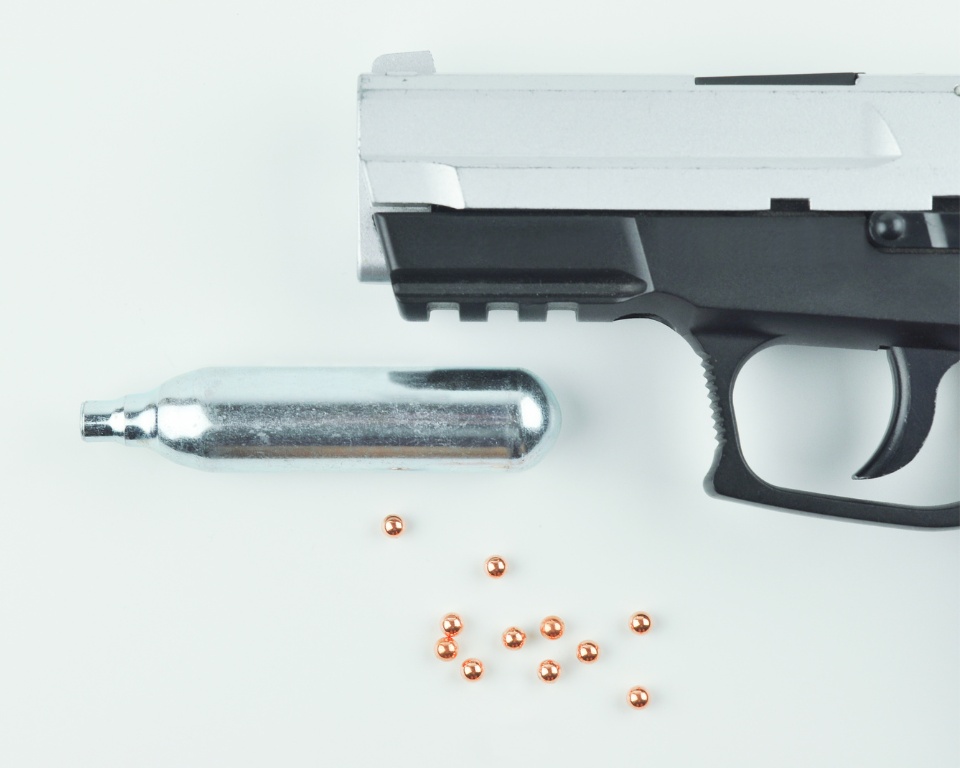
By understanding the mechanics of CO2-powered airguns, enthusiasts can appreciate the convenience and reliability they offer. Whether for recreational shooting or competitive use, these airguns provide an exciting and accessible option for pellet propulsion.
The Popularity and Appeal of Airguns
Airguns have gained immense popularity in recent years, capturing the attention of shooting enthusiasts and beginners alike. Their accessibility and affordability make them an attractive entry point for those interested in shooting sports, with fewer legal restrictions compared to firearms. This has led to a surge in airgun popularity, as more people embrace the thrill of shooting in a safe and controlled environment.
One of the reasons for airgun’s appeal is the opportunity for skill development. Shooting with airguns requires precision and control, which fosters the development of essential skills such as aim, breathing control, and trigger pull. As shooters master these techniques, they experience a sense of accomplishment and continuously strive to improve their shooting abilities.
Airguns also offer a wide range of applications, catering to various shooting interests and preferences. Whether it’s competitive shooting, target practice, or pest control, airguns provide a versatile platform for shooters to engage in different disciplines. This diversity adds to their popularity, as airguns can be customized to suit specific shooting needs.
Furthermore, airguns are recognized for their environmental friendliness. Unlike traditional firearms, which utilize explosive propellants and produce harmful emissions, airguns rely on compressed air or CO2 cartridges for propulsion. This makes them a cleaner and greener alternative, contributing to sustainable shooting practices. Additionally, airguns consume less energy, making them a more eco-friendly choice for both recreational and professional shooters.



